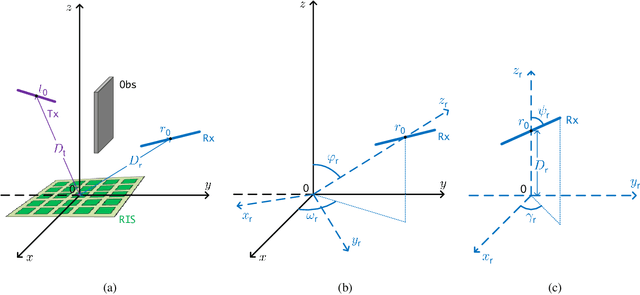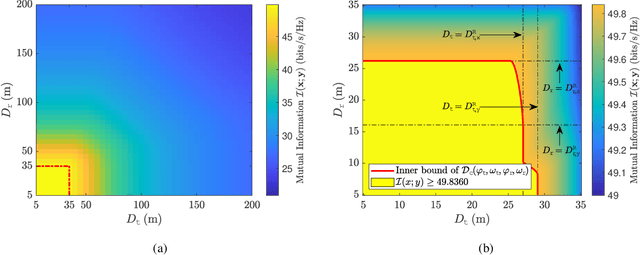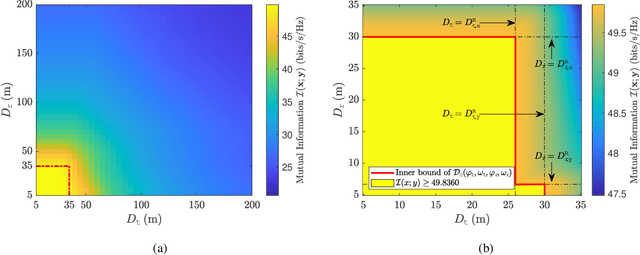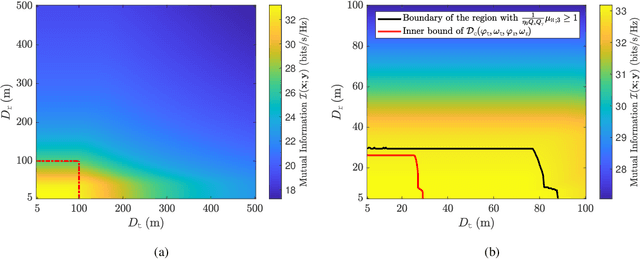Intelligent Reflecting Surface Aided MIMO with Cascaded Line-of-Sight Links: Channel Modelling and Capacity Analysis
Paper and Code
Sep 18, 2021



In this paper, we build up a new intelligent reflecting surface (IRS) aided multiple-input multiple-output (MIMO) channel model, named the cascaded LoS MIMO channel. The proposed channel model consists of a transmitter (Tx) and a receiver (Rx) both equipped with uniform linear arrays (ULAs), and an IRS used to enable communications between the transmitter and the receiver through the line-of-sight (LoS) links seen by the IRS. To model the reflection of electromagnetic waves at the IRS, we take into account the curvature of the wavefront on different reflecting elements (REs), which is distinct from most existing works that take the plane-wave assumption. Based on the established model, we study the spatial multiplexing capability and input-output mutual information (MI) of the cascaded LoS MIMO system. We generalize the notion of Rayleigh distance originally coined for the single-hop MIMO channel to the full multiplexing region (FMR) for the cascaded LoS MIMO channel, where the FMR is, roughly speaking, the union of Tx-IRS and IRS-Rx distance pairs that enable full multiplexing communication between the Tx and the Rx. We propose a new passive beamforming (PB) strategy named reflective focusing, which aims to coherently superimpose the waves originating from a transmit antenna, reflected by the IRS, and focused on a receive antenna. With reflective focusing, we derive an inner bound of the FMR, and provide the corresponding orientation settings of the antenna arrays that enable full multiplexing. We further employ the MI to measure the quality of the cascaded LoS MIMO channel, and formulate an optimization problem to maximize the MI over PB and antenna array orientations. We give analytical solutions to the problem under asymptotic conditions such as high or low signal-to-noise ratio (SNR) regimes. For general cases, we propose an alternating optimization method to solve the problem.
 Add to Chrome
Add to Chrome Add to Firefox
Add to Firefox Add to Edge
Add to Edge